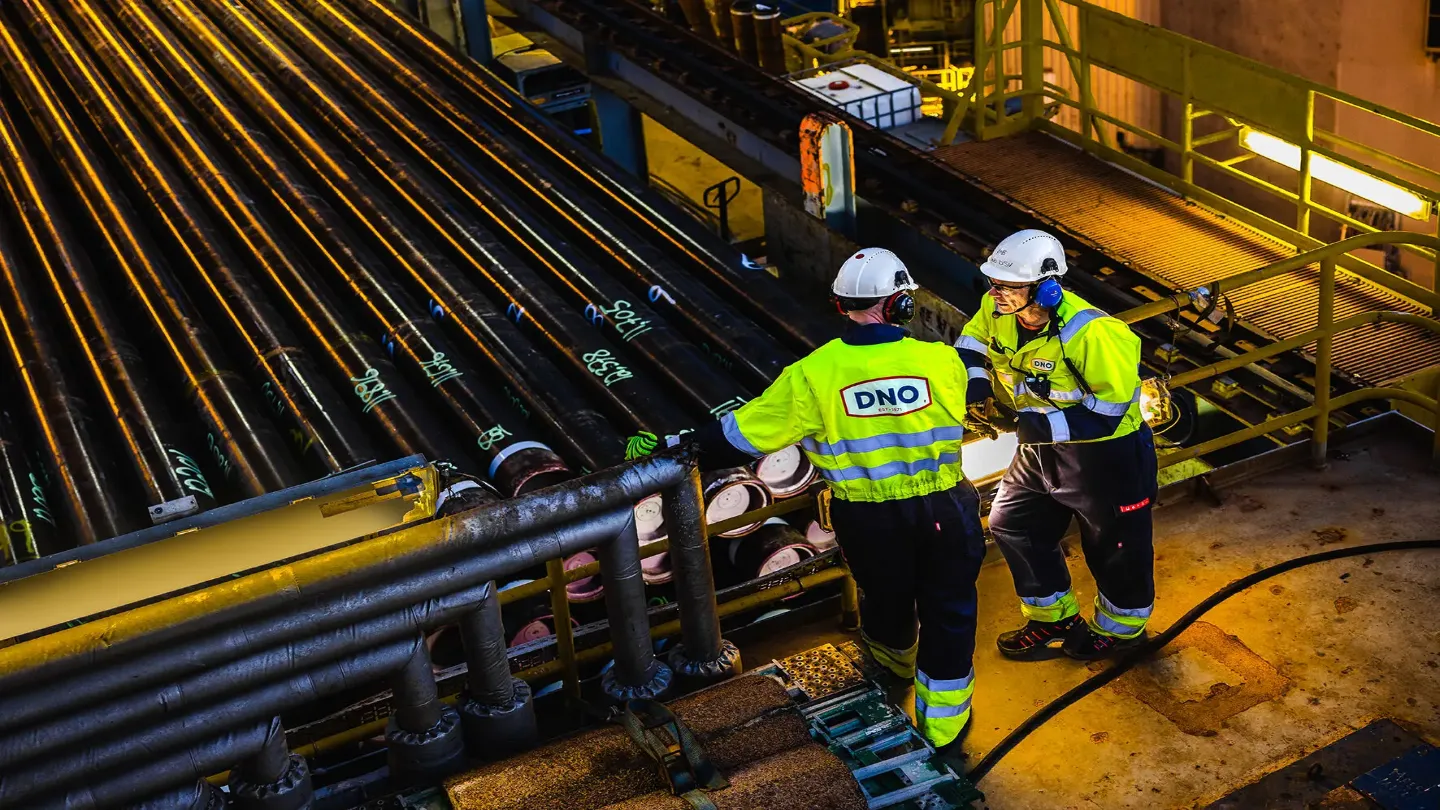The Trym Field is an operational offshore gas and condensate field located in the Norwegian part of the North Sea.
The project is operated by DNO Norge, a subsidiary of Norwegian oil and gas operator DNO.
DNO Norge holds 50% stake in the offshore field, while the remaining 50% interest is with Sval Energi.
Trym was discovered in 1990 and it commenced production in February 2011. The field is expected to deliver 3,000 barrels of oil equivalent per day (boepd) net to DNO at plateau.
As of December 2024, DNO Norge is evaluating the development of the 2013 Trym Sør discovery. The discovery is estimated to contain 2 million barrels of oil equivalent (MMboe) net to DNO.
The company is also planning to drill new exploration prospects from the Trym subsea template.
Trym Field Location
Trym Field is located in Production Licence (PL) 147 of Block 3/7 in the North Sea, just north of the Norwegian-Danish North Sea border.
The field lies approximately 300km southwest of Norway’s Kristiansand around 3km from the border to the Danish sector.
The depth of water at the location of the field is 65m.
History
In October 2010, the European Investment Bank (EIB) awarded a €150m loan for the development of the Trym field. The loan award came after the Norwegian authorities approved the Plan for Development and Operation (PDO) for Trym in March 2010.
The project works, which involved well drilling, subsea pipelines and ancillary work, involved an investment of around €326m.
At that time, Dong E&P Norge (50%, operator) (now Orsted), and Bayerngas Norge (50%) were the owners of the offshore gas and condensate field.
Dong sold its interest in some fields including to Trym Faroe Petroleum Norge in 2016. In May 2019, Faroe was acquired by DNO, with DNO Norge becoming the operator of the field.
Meanwhile, Centrica Resources Norge, a subsidiary of Centrica, merged with Bayerngas in December 2017 to form Spirit Energy.
In May 2022, Spirit Energy sold its Norway business, and Sval Energi become a stakeholder in Trym field.
In 2017, the partners started a low-pressure project to increase the recovery of oil and gas from Trym field.
The field ceased production in September 2019 due to the redevelopment of the Tyra Field infrastructure in the Danish North Sea by TotalEnergies.
The Petroleum Safety Authority Norway (PSA) consented to the operator of the field to use in October 2023. Eventually, Trym field resumed production in December 2024 after a five-year shutdown.
Discovery and Reservoir Details
Trym field was discovered by drilling a wildcat exploration well 3/7-4. It was drilled by semi-submersible installation Hunter on the Lulita prospect.
The well was drilled in September 1989 on the Lulita culmination and was plugged in January 1990 as a gas/condensate discovery.
The field produces from the Middle Jurassic sandstone of the Sandnes Formation with the reservoir situated at a depth of 3,400m in the same salt structure as Denmark’s Lulita field.
Total recoverable reserves stood at 4.4 billion standard cubic metres (scm) of gas and 1.1 million barrels of condensate.
In December 2024, DNO announced that the remaining reserves net to the company is estimated at 2 million barrels of oil equivalent (mmboe).
Trym Field Development
The first Trym Field development plan was rejected by the Norwegian Ministry of Petroleum and Energy as the scheme to transport gas to the Danish sector was concluded to be too expensive.
The approved plan includes a subsea template including two horizontal production wells. The wells produce via pressure depletion and transport the hydrocarbons to the Maersk Oil & Gas-operated Harald facility in the Danish sector through a 6km pipeline.
Gas, condensate and water are separated on the Harald facility, and then transported further through the Danish pipeline system via the Tyra field.
The recovered gas is transported onwards to Nybro in Denmark or Den Helder in the Netherlands, while oil and condensate are exported via the Gorm field to Fredericia in Denmark.
Contractors Involved
In March 2009, Aker Solutions won the Engineering, Procurement, and Construction (EPC) contract to deliver the complete subsea production system for Trym Field.
The scope of the contract included EPC of two subsea well sets including controls, trees, well heads, and a tie-in system.
The tie-in system included a four-slot template with manifold, 6km of steel tube umbilicals, and a high-pressure riser among others.
The contract was managed from Aker Solutions’ headquarters in Oslo. The subsea control systems were developed in Aker’s Aberdeen facility.
Most of the components were developed at Aker’s Transby (subsea trees), Moss (umbilical), and Egersund (manifold and template) facilities.
Logistics company Maersk Contractors is the owner of the drilling facility Maersk Giant.





